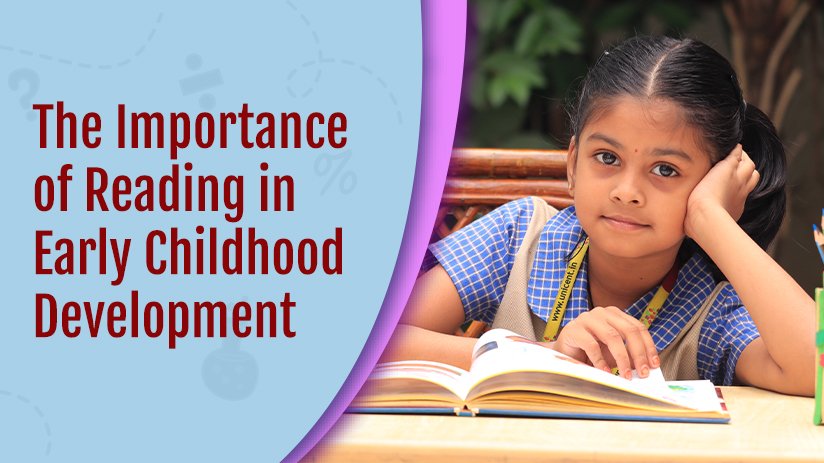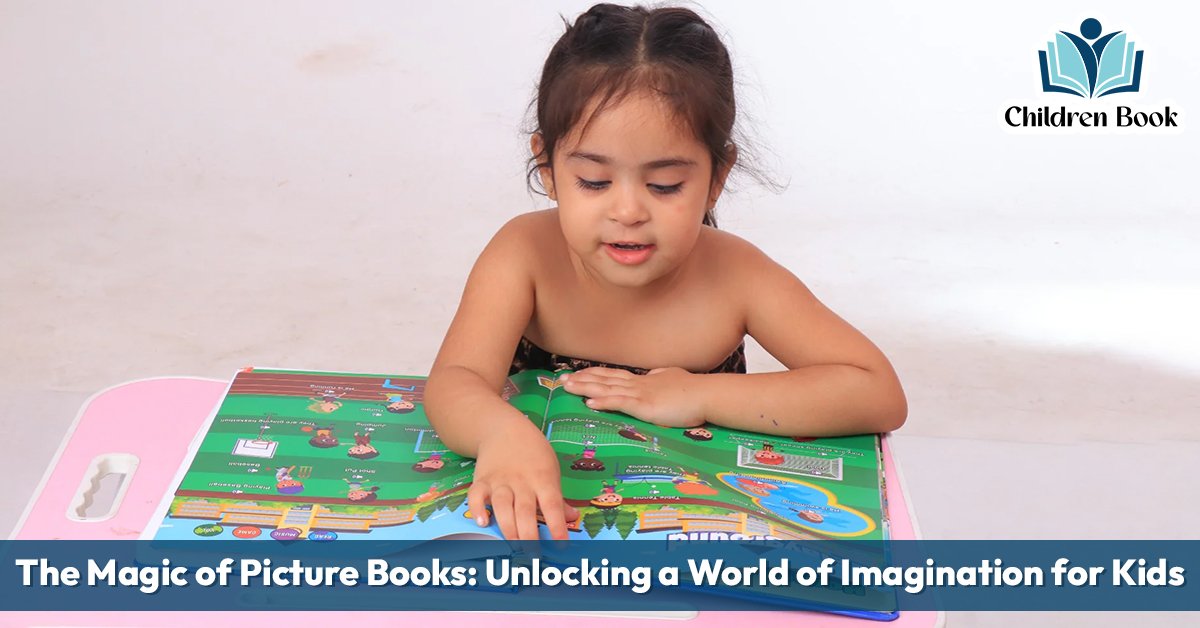Picture books hold a unique and cherished place in the world of children’s literature. These beautifully illustrated stories are more than just simple tales; they are gateways to imagination, creativity, and learning. In a world dominated by screens and digital media, picture books offer a tactile and immersive experience that captivates young minds and nurtures a lifelong love of reading. In this article, we explore the magic of picture books and how they unlock a world of imagination for kids.
The Importance of Picture Books in Early Childhood Development

From the moment a child opens a picture book, they are introduced to a world of color, characters, and stories that engage their senses and stimulate their minds. Picture books play a crucial role in early childhood development by helping children develop essential skills and fostering a love of reading that can last a lifetime.
1. Enhancing Language and Literacy Skills
One of the most significant benefits of picture books is their ability to enhance language and literacy skills. The combination of text and illustrations helps children associate words with images, making it easier for them to understand and remember new vocabulary. As parents and caregivers read aloud to children, they introduce them to the rhythms, sounds, and structures of language, laying the foundation for future reading and writing skills.
2. Stimulating Imagination and Creativity
Picture books are a powerful tool for sparking imagination and creativity in young minds. The vivid illustrations and engaging stories encourage children to explore new worlds, think creatively, and imagine possibilities beyond their immediate surroundings. Whether it’s a tale of talking animals, magical adventures, or everyday life, picture books inspire children to dream, wonder, and create their own stories.
3. Building Emotional Intelligence
Through the characters and situations depicted in picture books, children learn about emotions, empathy, and social interactions. They see characters experiencing joy, sadness, anger, and fear, and they learn to recognize and understand these emotions in themselves and others. Picture books also provide opportunities for discussions about feelings, helping children develop emotional intelligence and resilience.
4. Strengthening Parent-Child Bonds
Reading picture books together creates a special bond between parents and children. The shared experience of exploring a story, turning the pages, and discovering the illustrations fosters a sense of closeness and connection. This bonding time is not only enjoyable but also essential for a child’s emotional and social development.
The Role of Illustrations in Picture Books

Illustrations are at the heart of picture books, and they play a critical role in conveying the story, setting the tone, and engaging young readers. The artwork in picture books is carefully crafted to complement the text and enhance the overall reading experience.
1. Bringing Stories to Life
The illustrations in picture books bring stories to life by providing visual cues that help children understand the plot, characters, and setting. The images often tell a story of their own, adding depth and richness to the narrative. Children can spend hours poring over the details in the illustrations, discovering new elements with each reading.
2. Encouraging Visual Literacy
Visual literacy, or the ability to interpret and understand visual information, is an essential skill in today’s image-driven world. Picture books help children develop this skill by encouraging them to analyze and interpret the illustrations. They learn to “read” the pictures, understanding the emotions, actions, and context depicted in the artwork.
3. Fostering a Love for Art
Through exposure to the diverse styles of illustrations in picture books, children develop an appreciation for art. They learn that art can be used to tell stories, express emotions, and create beauty. This early exposure to art can inspire a lifelong interest in creativity and artistic expression.
Choosing the Right Picture Books for Your Child

With countless picture books available, selecting the right ones for your child can be a delightful yet overwhelming task. Here are some tips to help you choose picture books that will captivate your child’s imagination and support their development.
1. Consider Age-Appropriate Content
Choose picture books that are appropriate for your child’s age and developmental stage. For younger children, look for books with simple text, bright colors, and engaging illustrations. For older children, consider books with more complex stories, detailed illustrations, and themes that challenge their thinking.
2. Look for Engaging Illustrations
The quality of the illustrations is just as important as the story itself. Look for picture books with vibrant, expressive artwork that will capture your child’s attention and enhance their understanding of the story.
3. Explore a Variety of Genres and Themes
Introduce your child to a wide range of genres and themes through picture books. From fantasy and adventure to everyday life and cultural stories, a diverse collection of picture books will broaden your child’s horizons and encourage them to explore different perspectives.
4. Encourage Your Child’s Interests
Choose picture books that align with your child’s interests, whether it’s animals, nature, space, or fantasy. When children are excited about a topic, they are more likely to engage with the story and develop a love for reading.
The Enduring Magic of Picture Books

Picture books have an enduring magic that continues to captivate children and adults alike. They are not just a stepping stone to more advanced reading but a valuable literary form in their own right. The combination of visual and textual storytelling in picture books creates a unique and powerful experience that enriches a child’s development and opens up a world of imagination.
As we navigate the complexities of the modern world, picture books remain a timeless and essential tool for nurturing creativity, learning, and emotional growth in children. They remind us of the beauty of simplicity, the power of imagination, and the joy of shared stories.

